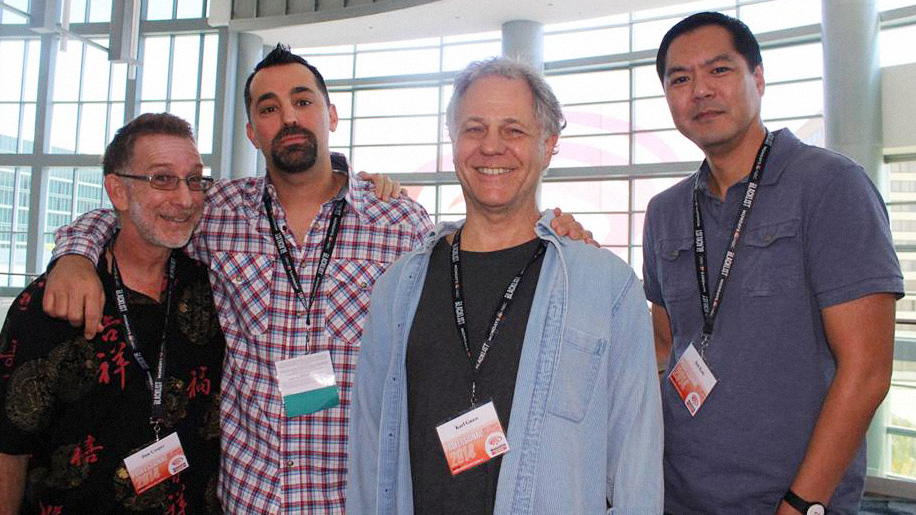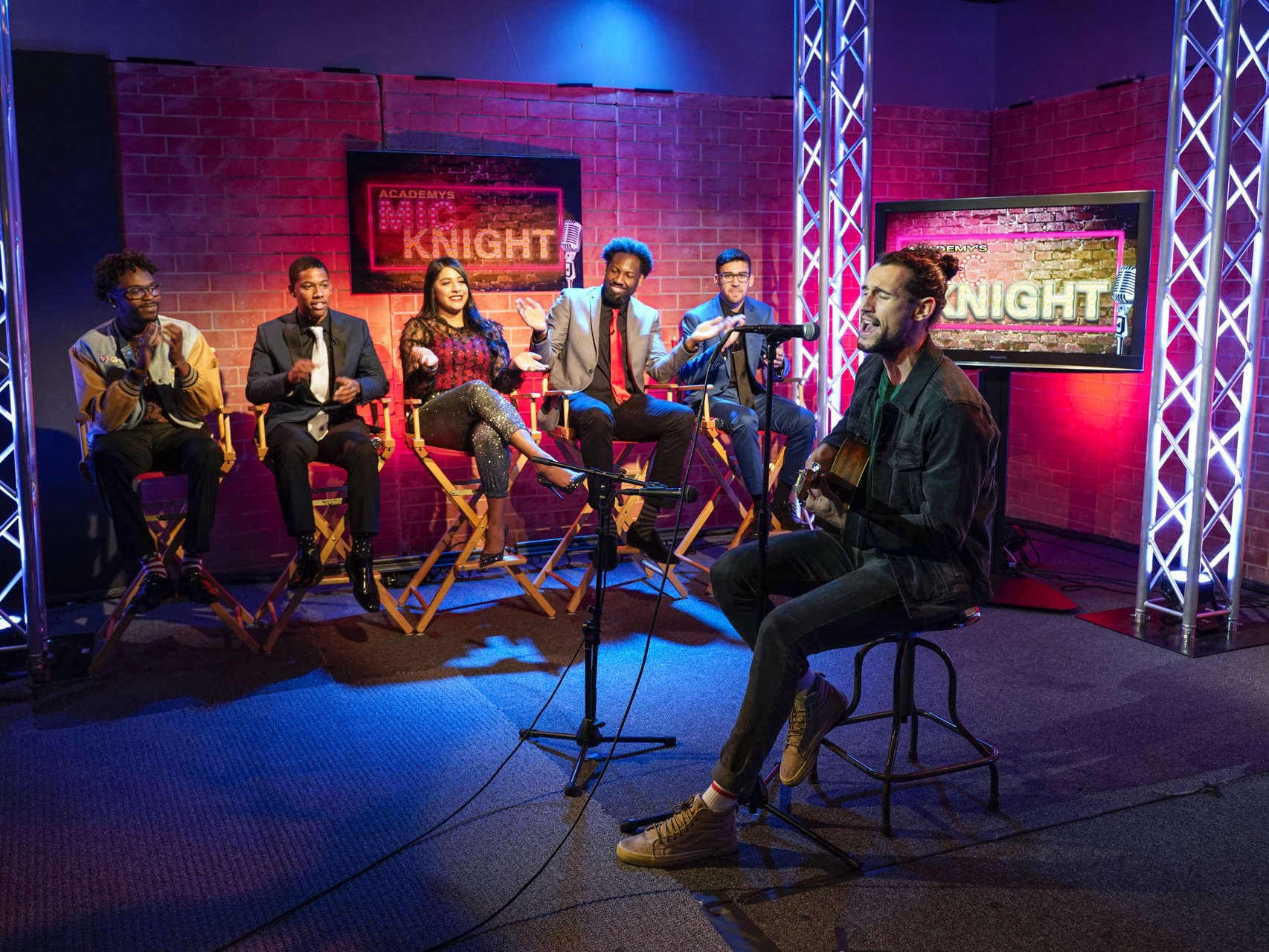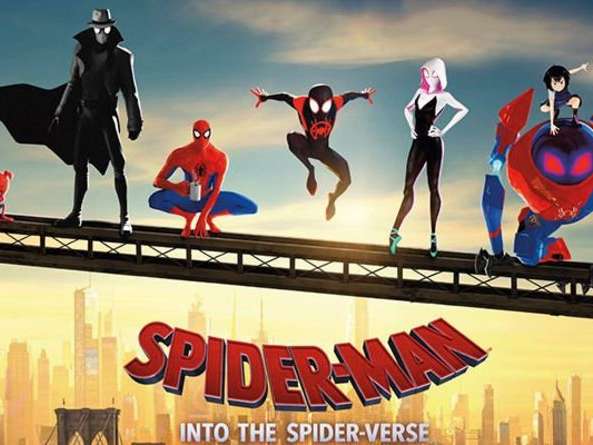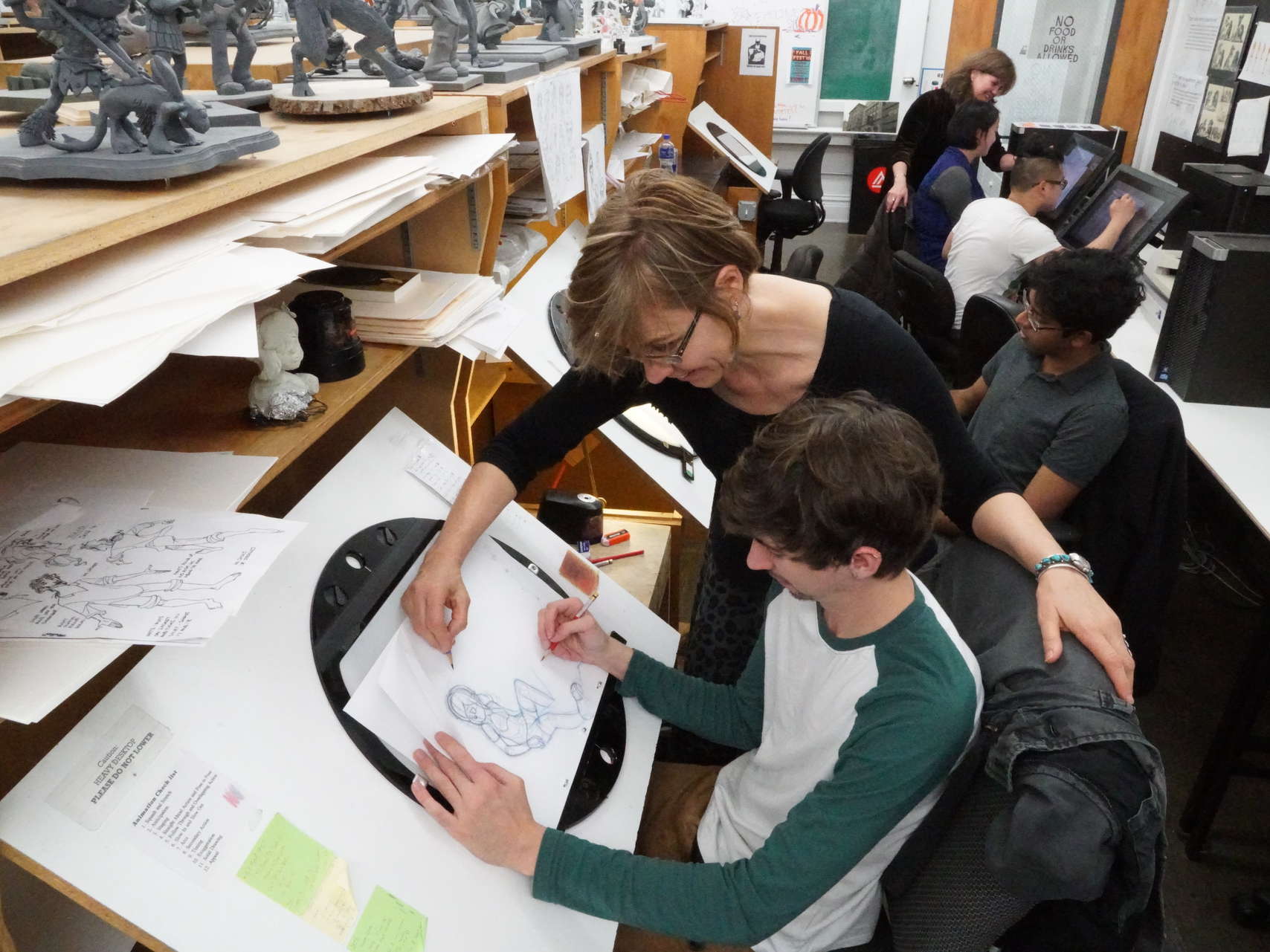Learning In The Flesh: Why Disney Sends Its Animators To Life Drawing Classes
From Fast To Create:
By Susan Karlin
For 82 years, Disney’s in-studio life drawing classes have helped evolve its animated characters. But as increasing reliance on computers lures young animators away from classical drawing, three of Disney’s current master teachers are reminding them why figure drawing is still crucial.
Since 1932, Disney has been the only entertainment studio to continue an unbroken tradition of offering free life drawing classes for its artists within its studios. The idea is that understanding and capturing the anatomy and sense of motion from a live model improves animated drawings and gestures.
In the ensuing decades—while other animation and visual effects studios in the U.S. and Europe intermittently followed suit, pending budgets—Disney’s classes have not only continued unabated, but expanded beyond features to its TV animation, theme park, consumer products, and straight-to-DVD divisions.
Continuing that tradition today are master teachers Karl Gnass, Mark MacDonnell, and Bob Kato. Collectively, they teach daily life drawing of both nude and costumed models to help animators better understand the fundamentals of the human form, how clothing and gesture inform character and intent, and how to infuse spirit and intent into their figures.

However, increased reliance on computer modeling and algorithmic rendering, along with the explosion of web-accessible photo references, stand to undermine that “study the source” attitude. These teachers, along with Disney visual development artist Dan Cooper, have teamed—at WonderCon in May, and next at San Diego Comic-Con on July 27 (in panels moderated by yours truly)—to drive home the importance of ongoing classical drawing among aspiring and professional animators.
“You can draw animation and gesture without life drawing, but life drawing skills give you proportion, structure, perspective, and a certain vitality through rhythmic gestures,” says Gnass, a former Disney TV storyboard artist who has taught at Disney since 1995, as well as DreamWorks Animation, Sony Pictures Imageworks, and Nickelodeon, among others. “You can’t achieve dynamics without bones and structure, and in order to have structure you need to study it. From there one can extend out in any direction towards any style.”
Cooper, who’s worked on Tangled, Wreck-It Ralph, and the upcoming Zootopia, has studied with Gnass for nearly two decades. “Many young artists are looking for an easier way out and study styles of existing animators, as opposed developing their own,” he says. “Doing something that involves the figure, you want to have it based on a little reality as opposed to a stylization or distortion of someone else’s truth. That’s like getting information secondhand. You need to do the same thing they did, which is to work from live models and find your style.”
To continue to read the rest of the article, click here.
Also, check out their panels at Wonder-Con and Comic-Con here or below!






